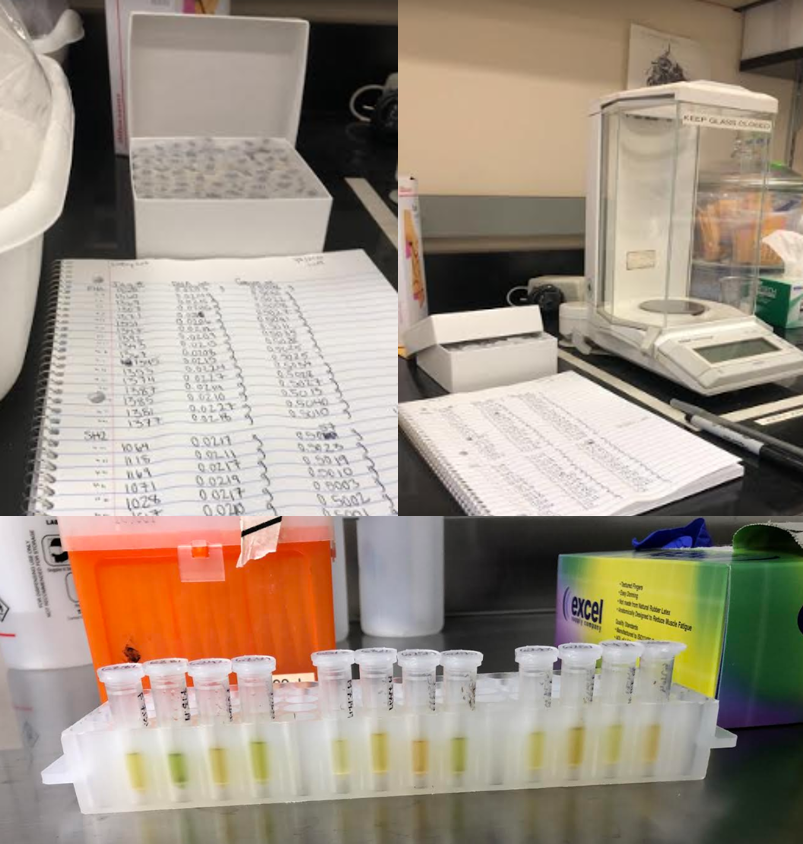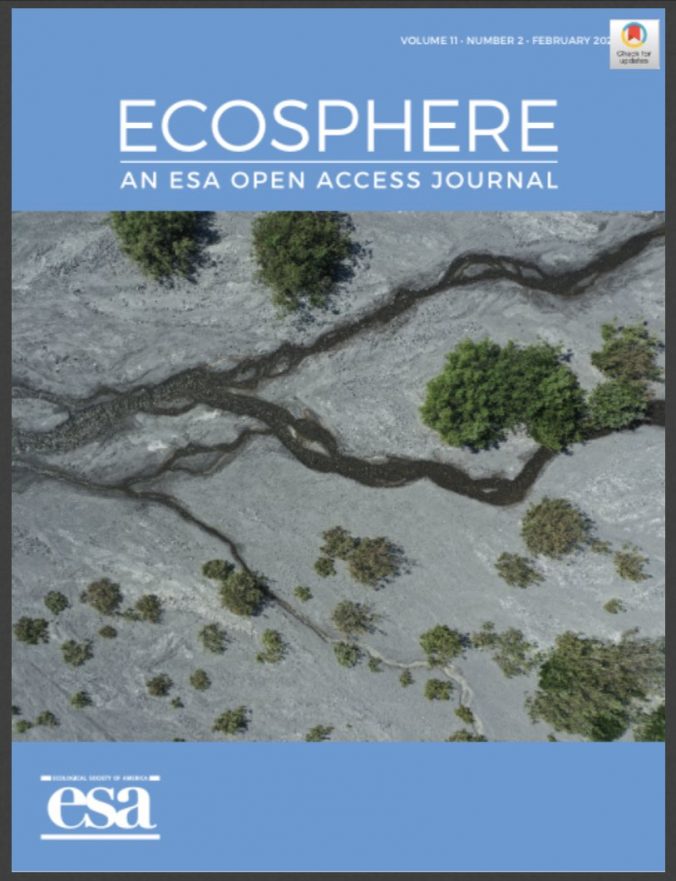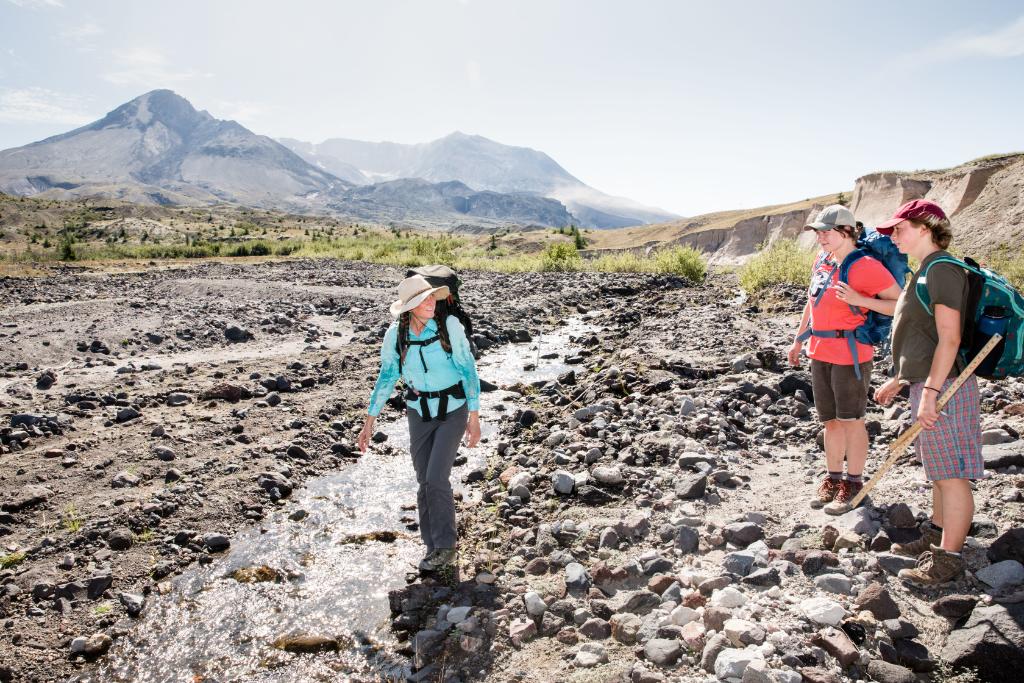
What is one of those mind blowing facts about MSH that you can’t un-know because it it so cool?
“It is absolutely mind-blowing that there are novel stream systems on MSH! I am really into stream ecology so that blows my mind!”
What attracted you to this research?
“Stream ecology focus. Previously I’ve worked in hatcheries and studying urban water systems. The whole concept of novel stream systems, scientist don’t get to witness first-hand novel streams, usually they are very old! So that really stuck with me in my interest of MSH.”
What is your role in the L3 lab?
“To learn from Seniors in the group, get trained on things so that I can continue to pass that knowledge to others. I am leading the blog work, communicating our UG research is important because Evergreen isn’t really known for the research opportunities it provides UG. Public outreach!”
What is a future goal you have? Next week, next year or 5 years?
“Graduate school! My future goal in life is to obtain my PhD. I never would’ve pictured myself in doing so but I have really found where I excel in college. I think the L3 lab is an ideal environment in which I can learn vital skill sets in preparing myself more for grad school!”

Do you identify as a Greener? What does that mean to you?
“I am still new to Evergreen, so I haven’t found my role as a greener. At the same time, I have. You have to be both independent and collaborative and I do that with a lot of enthusiasm.”
What is that thing that you can do now, that your past self would have never dreamed of?
“For starters, I am a first gen student. I didn’t think I was going to go to college. More in depth, I never thought I would excel in statistics and scientific writing. I am very introverted, not normally vocal, but I am so passionate about public outreach. I excel at it and I am not afraid to put my voice out there when it comes to science communication.”
There’s an idea of a scientist that we all carry, how do you fit or break that mold/expectation?
“I definitely break that mold, I am not your typical scientist. I feel like I break those stereotypes because I know where I belong in the sciences. There’s an idea of a fully independent scientist, but I really believe in collaboration and I think that’s really how it works.”







